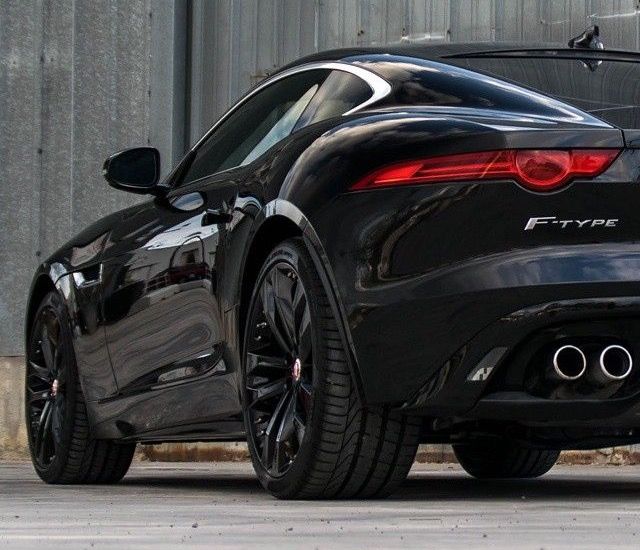
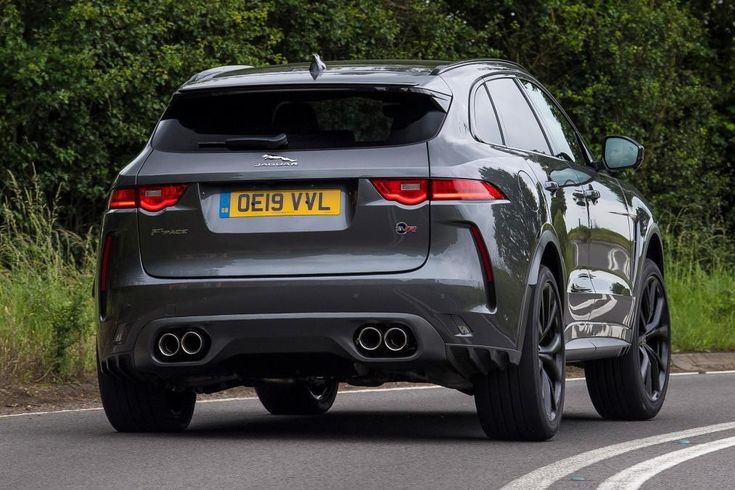
Jaguar Cars have a rich history that captures both innovation and elegance. Starting as a modest British brand, Jaguar emerged as a symbol of luxury and performance on the global stage. The history of Jaguar Cars showcases the brand’s journey from early beginnings to becoming a world-renowned luxury automaker.
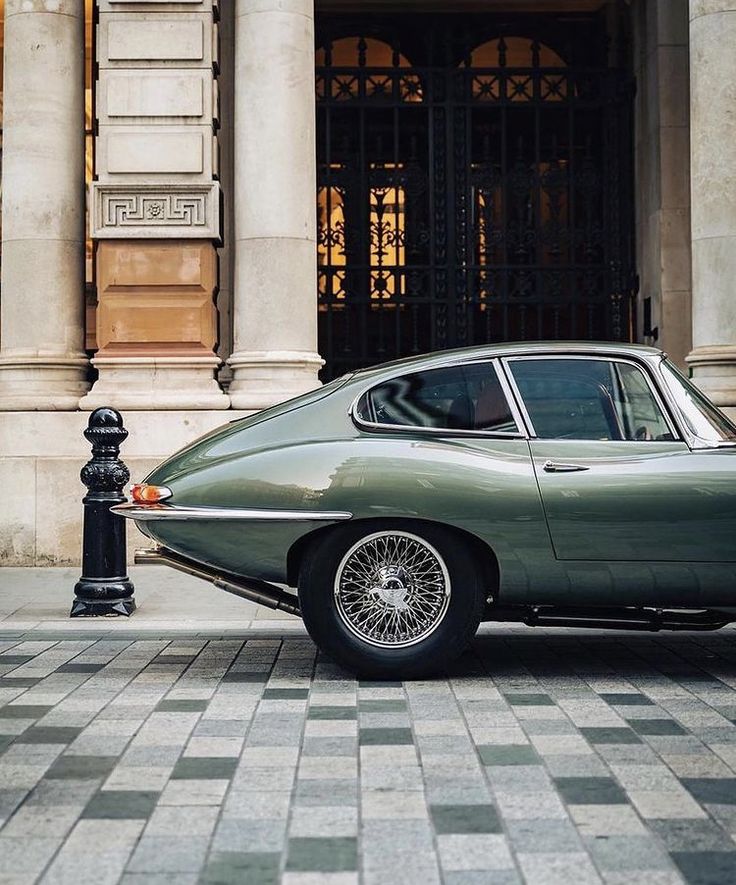
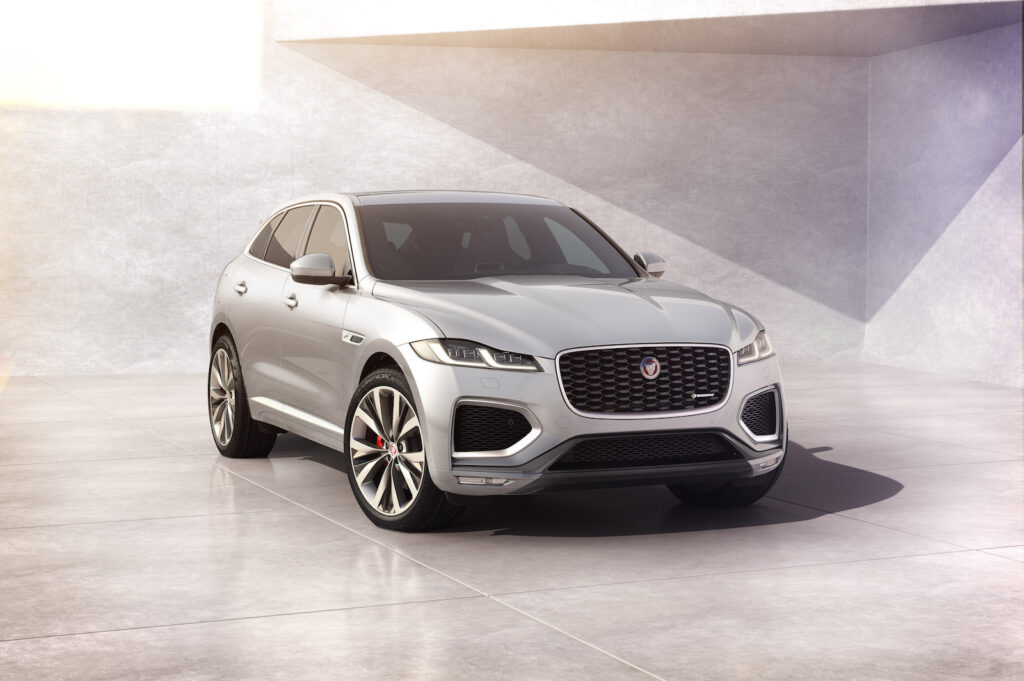
The brand’s story began before World War II, setting the stage for a lineup of distinguished automobiles. The iconic Jaguar E-Type, introduced in the 1960s, epitomized style and speed, earning global recognition and admiration. Jaguar has also seen many changes through mergers and market shifts, always striving to maintain its place in the luxury car segment.
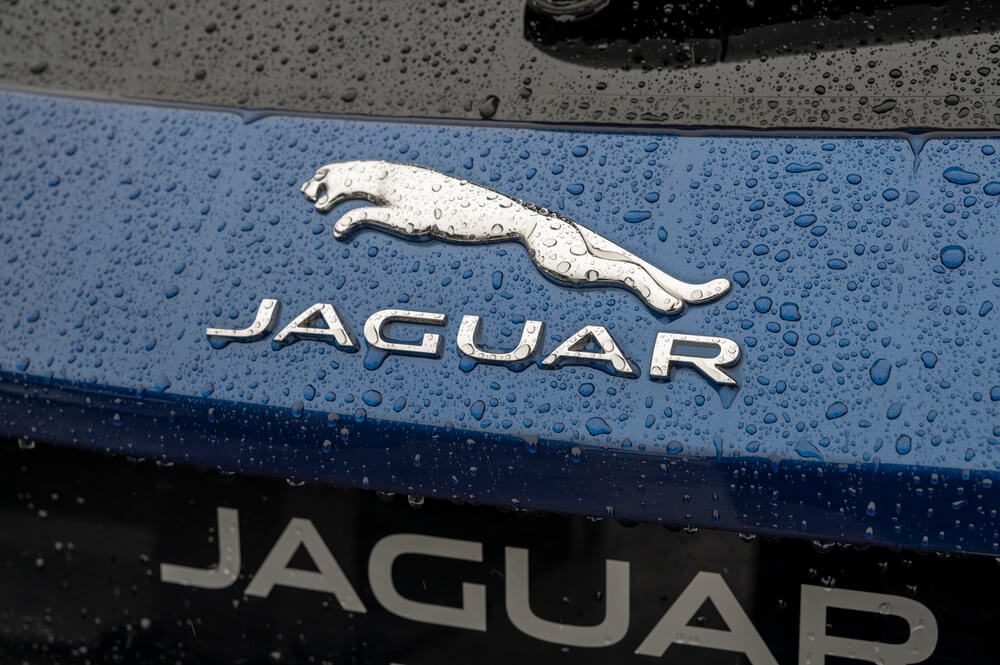
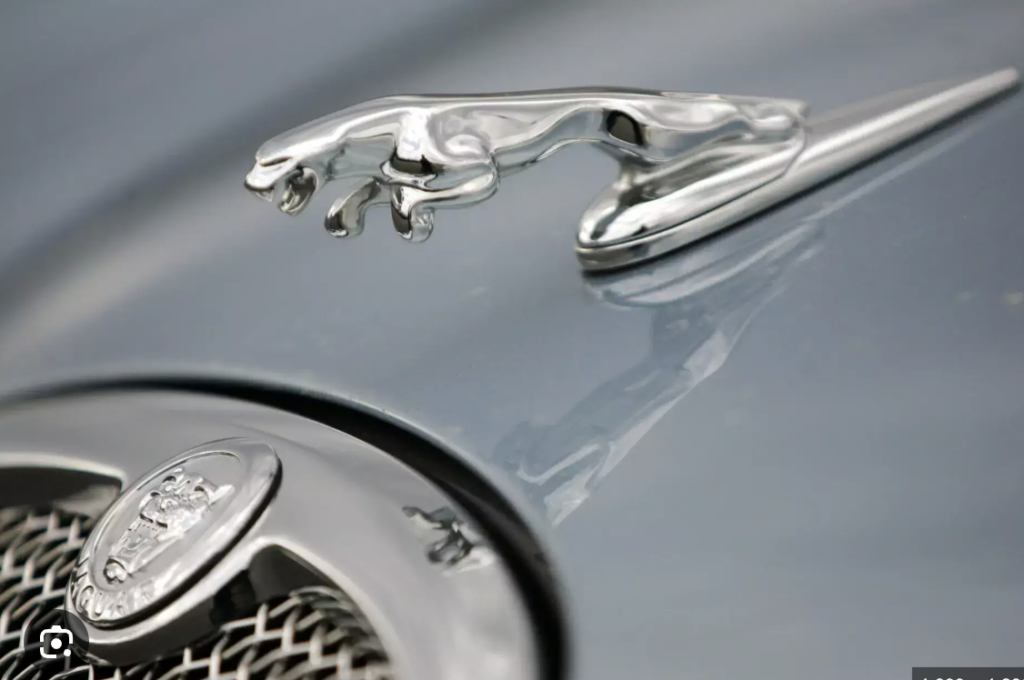
As Jaguar continues to innovate, it remains committed to its legacy of crafting vehicles that blend performance with sophistication. From motorsport successes to cultural impact, Jaguar Cars have played a significant role in the automotive world and continue to leave a lasting impression.
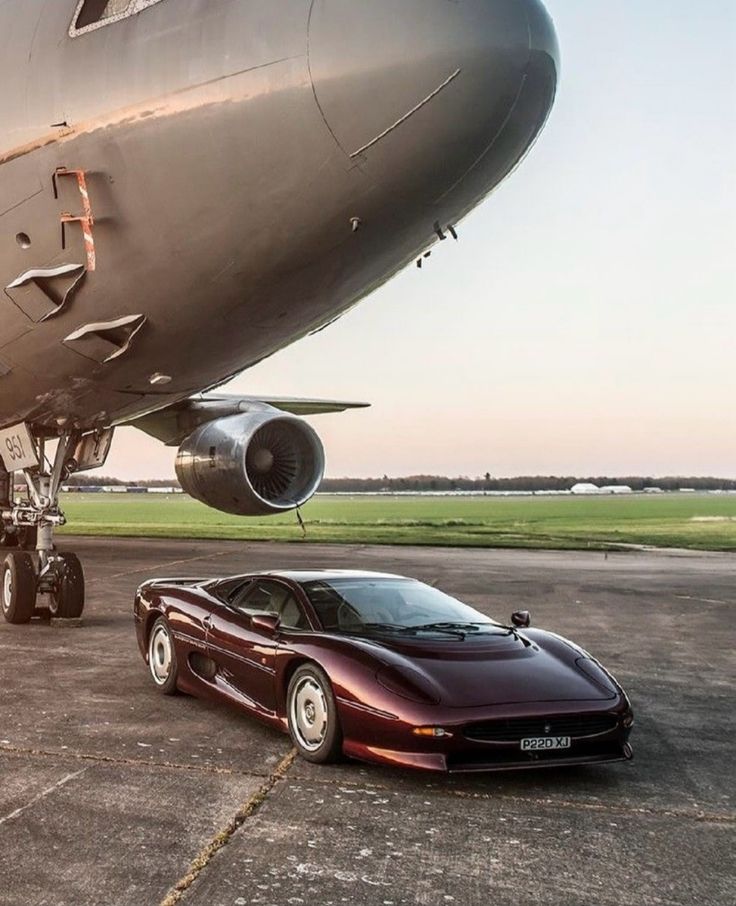
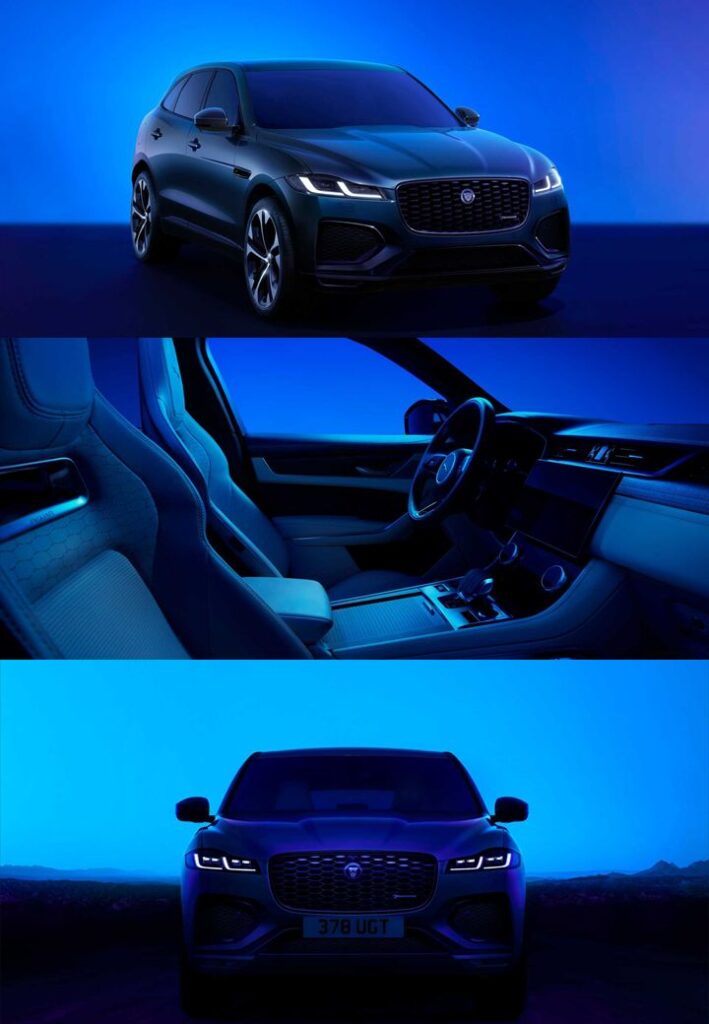
Key Takeaways
- Jaguar transitioned from a British brand to a global luxury icon.
- The E-Type became a symbol of style and speed in the 1960s.
- Jaguar continues to innovate while honoring its legacy.
Prelude: Origins and Foundation
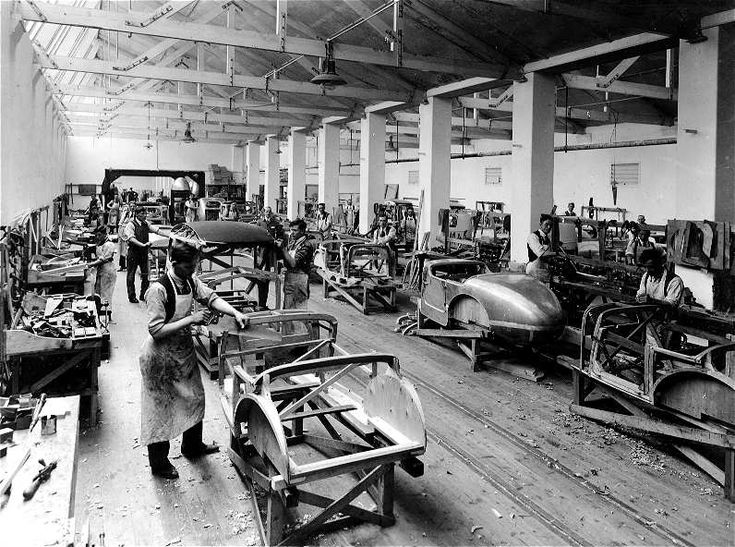
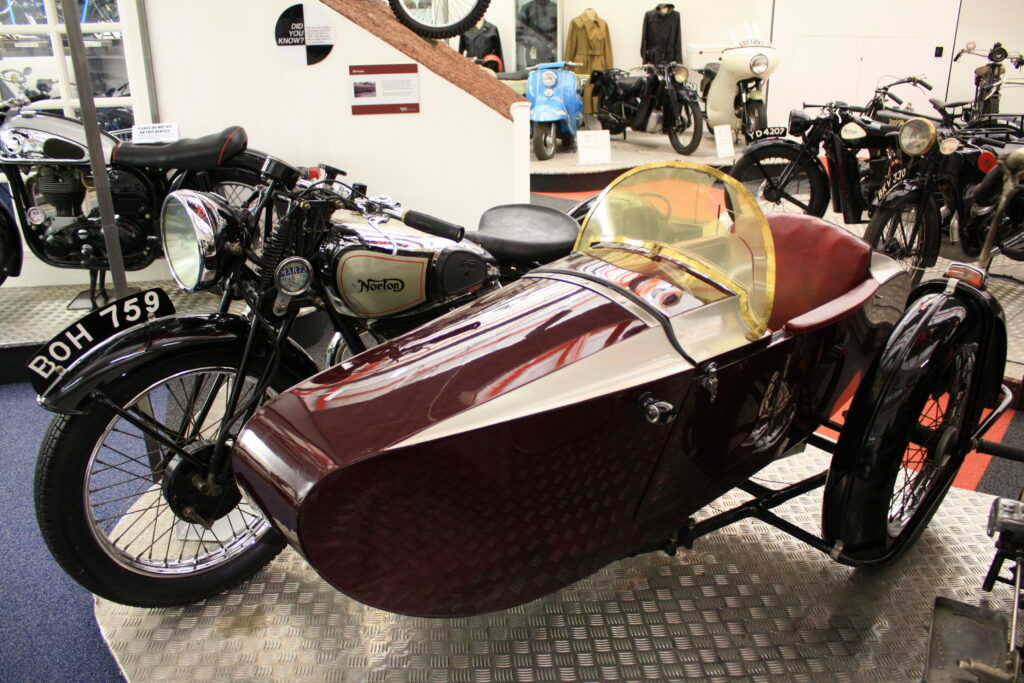
Jaguar Cars began with a passion for motorcycles and a clever partnership. Key figures such as William Lyons and William Walmsley played crucial roles. The journey evolved from making sidecars to automobiles, marking significant shifts in the industry.
Swallow Sidecar Company
The Swallow Sidecar Company was founded in 1922 in Blackpool. It started with building motorcycle sidecars, appealing to motorcycle enthusiasts. The business took off due to the quality and stylish design of its products.
Swallow Sidecar quickly gained a reputation. Their sidecars were known for their elegance and durability. This success laid the groundwork for future ventures. As demand grew, the company explored new opportunities, keeping an eye on the automotive industry.
Partnership of William Lyons and William Walmsley
William Lyons and William Walmsley brought Swallow Sidecar to life. Lyons was ambitious and had a vision. Walmsley shared the enthusiasm for motorcycles. Together, they formed a dynamic duo. Their partnership balanced innovation with practicality.
Under their leadership, the company thrived. Lyons’ knack for design complemented Walmsley’s technical skills. They worked seamlessly, leading the company through its formative years. This partnership was crucial to the foundation of what would eventually become Jaguar.
The Shift to Automotive Manufacturing
The company transitioned to auto manufacturing in the late 1920s. They expanded their focus beyond motorcycles to include building car bodies. This shift marked a pivotal moment. Swallow Sidecar began crafting elegant and stylish car bodies for other brands.
This move into the automotive realm signaled a new era. The designs attracted attention and set Swallow Sidecar on a path to greater recognition. The success in automotive manufacturing set the stage for the company’s evolution into Jaguar.
The Birth of ‘SS’ Brand and Early Success
The ‘SS’ brand of Jaguar paved the way for its future success. Starting with the introduction of SS Jaguar and cultivating a sports car image, it ultimately led to the development of the SS100 sports car.
Introduction of SS Jaguar
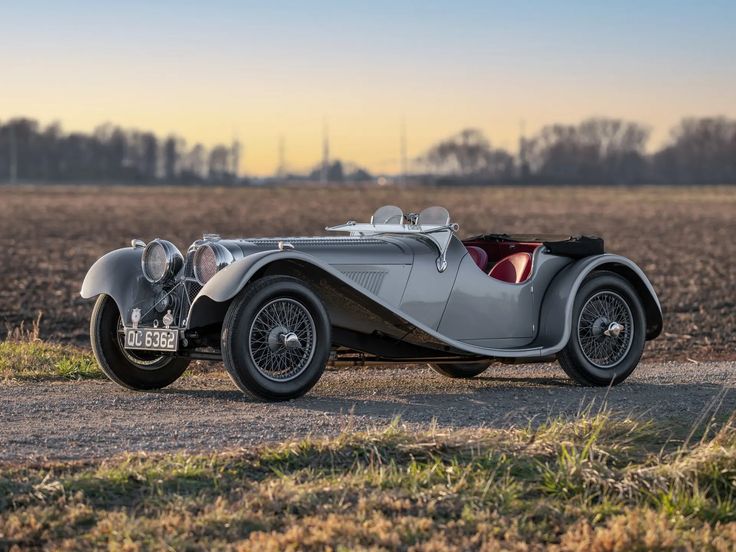
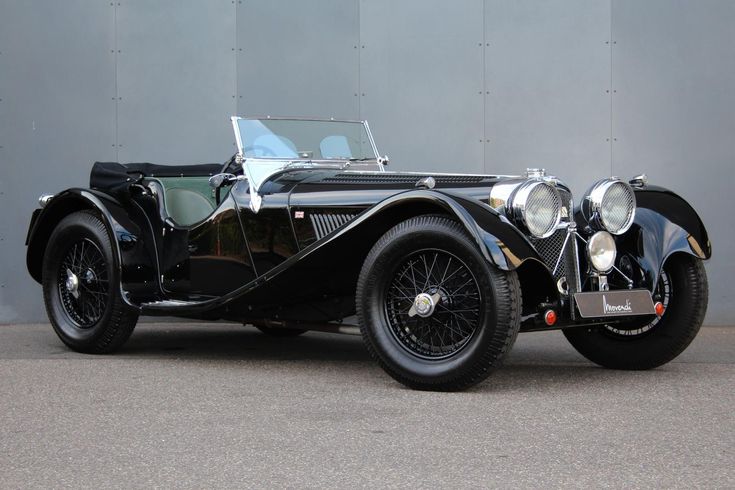
The story of the SS Jaguar begins with William Lyons, the founder of Jaguar Cars. In 1931, Lyons launched the SS1 under the company name Swallow Sidecar Company. The SS1 marked the beginning of the ‘SS’ name in the automotive world.
Lyons aimed for cars that were sleek and stylish. The SS1 featured a long hood and graceful lines, capturing attention for its design and affordability. The car itself was not very fast, but its looks and price made a strong entry in the market.
By offering something different from its competitors, SS Jaguar quickly gained recognition among car enthusiasts. The success of this model set the stage for Jaguar to push further into the sports car market.
Cultivating a Sports Car Image
Jaguar Cars made clear strides in building a reputation as a sports car brand. With the launch of the SS1 model, the company strived to develop vehicles that were not just luxurious but also sporty. This helped set the groundwork for future advancements.
One step in cultivating this sporty image involved high-profile racing events. Lyons believed in using motorsports to advertise their cars’ performance and durability. Participation in racing helped promote SS models as powerful yet elegant vehicles.
These efforts contributed to SS Jaguar’s growing prestige. It was during this time that the brand distinguished itself as a maker of stylish and reliable sports cars, gaining the admiration of racing enthusiasts and the public.
Development of the SS100
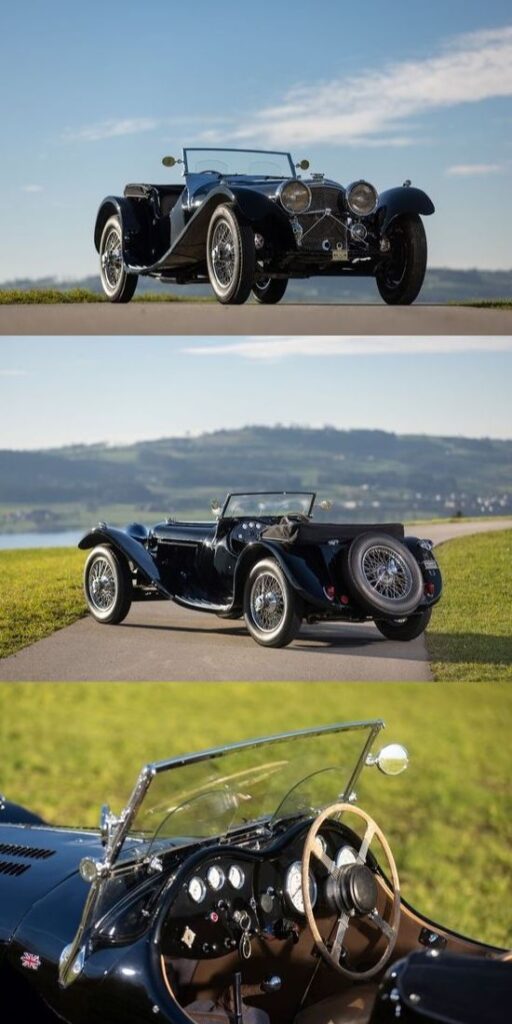
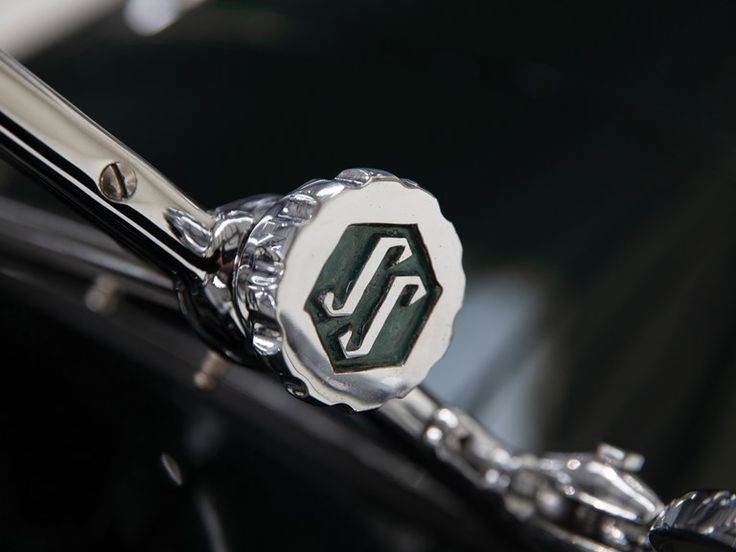
The creation of the SS100 marked a significant achievement for Jaguar Cars. Launched in 1936, the SS100 was the first model to bear the name ‘Jaguar.’ It was an impressive sports car that combined speed with sophistication.
Built with a 2.5-liter engine, later upgraded to 3.5 liters, the SS100 impressed with its performance. It could achieve speeds of up to 100 mph, which was noteworthy at the time. The design elements, both elegant and sporty, attracted attention.
The SS100 solidified Jaguar’s position as a respected sports car manufacturer. It became a favorite among collectors and remains a symbol of Jaguar’s early success in motorsports.
Post-World War II Era and Brand Evolution
After World War II, Jaguar Cars emerged as a symbol of British automotive excellence. The brand broadened its reputation with thrilling designs and fast performance.
Renaming to Jaguar Cars Limited
In 1945, the company redefined its identity by adopting the name Jaguar Cars Limited. Initially known as the Swallow Sidecar Company, this change helped to avoid any negative associations from the war years. Under the visionary leadership of Sir William Lyons, the newly named company focused on crafting luxurious and performance-oriented vehicles.
The brand was committed to establishing a unique position in the automotive industry characterized by innovation and elegance. This renaming marked the start of Jaguar’s emergence as a world-renowned British brand.
Launch of the Iconic XK120
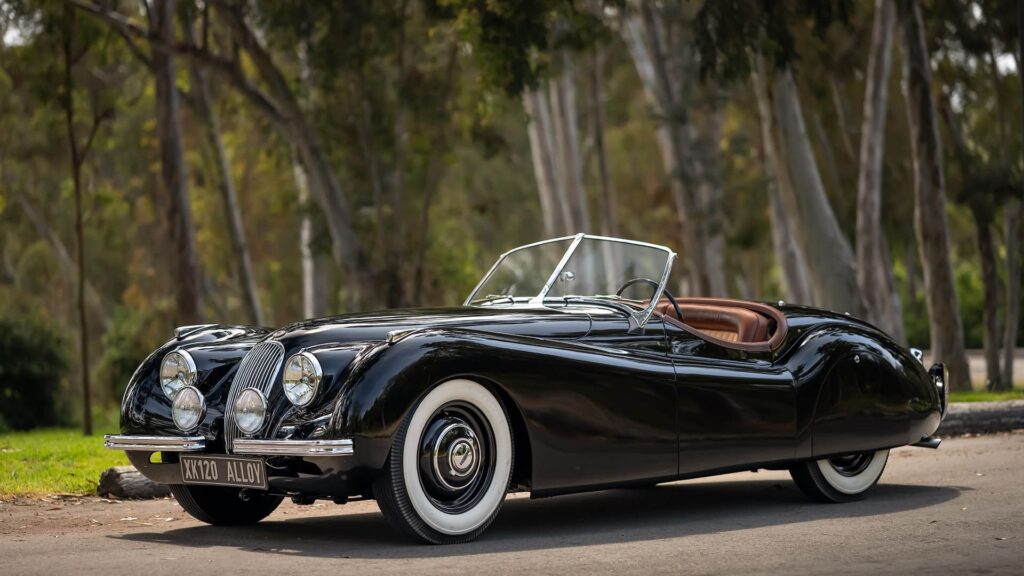
The debut of the Jaguar XK120 in 1948 was a pivotal moment. Touted as the fastest production car of its time, it reached speeds of up to 120 mph, showcasing the powerful XK engine. This model set new standards in automotive design and performance.
It featured sleek, aerodynamic styling and a high level of craftsmanship. The XK120’s success helped solidify Jaguar’s reputation for engineering excellence. Its influence extended well beyond Coventry, enhancing Jaguar’s prestige on a global scale.
Racing Heritage and the C-type and D-type
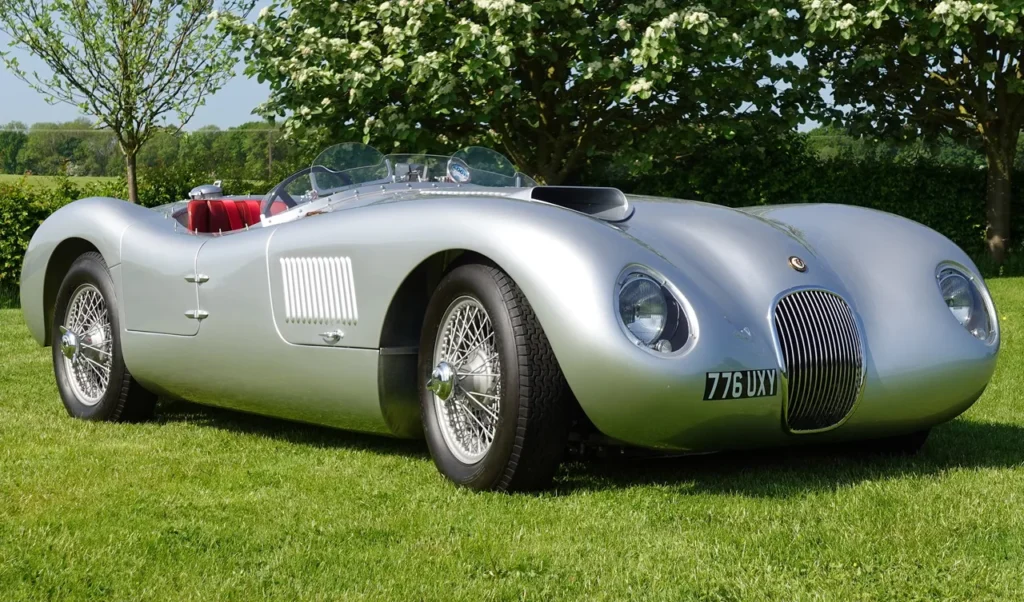
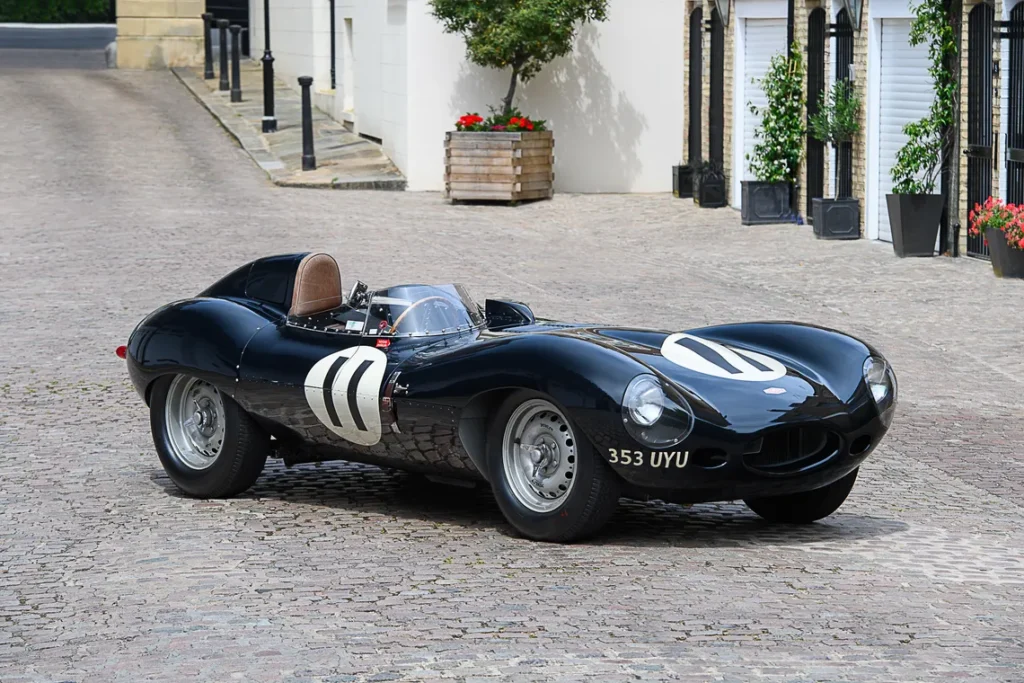
Jaguar’s racing legacy flourished with the introduction of the C-Type and D-Type models. The brand made a name for itself by claiming victory at the famed Le Mans race. The C-Type debuted in the early 1950s, and its lightweight design and engineering prowess led to multiple race wins.
Later, the D-Type continued this tradition of success, featuring an aerodynamic body and a distinctive finned tail. These achievements in international racing highlighted Jaguar’s commitment to high performance and innovation. They further cemented its image as a dominant force in motorsports.
The Phenomenal E-Type and Global Recognition
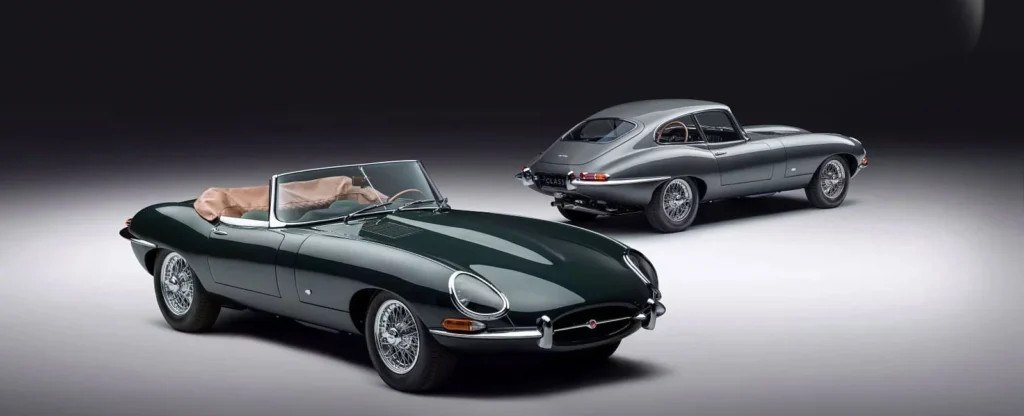
The Jaguar E-Type is widely celebrated for its innovative design and remarkable performance. Known for its sleek look and speed, it became a symbol of style and excellence in the automotive world.
Unveiling of Jaguar E-Type
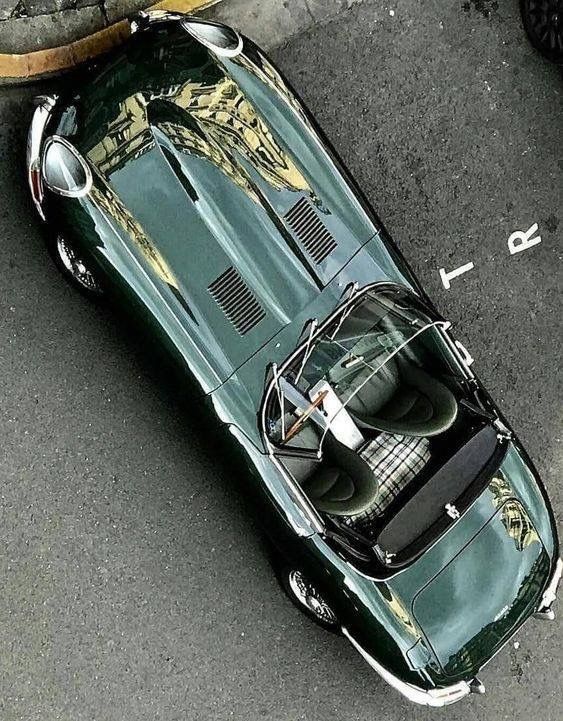
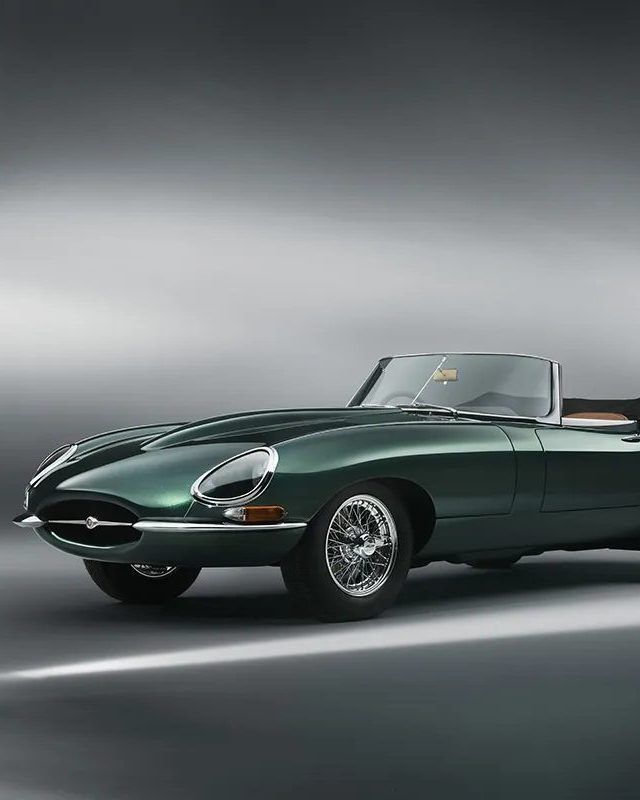
Introduced at the 1961 Geneva Motor Show, the Jaguar E-Type caused a sensation. It was designed with elegance and performance in mind. Its long hood and smooth curves caught everyone’s attention. Enzo Ferrari famously called it “the most beautiful car ever made.” The E-Type’s 3.8-liter engine delivered outstanding speed and agility. This made it a standout among sports cars of its time.
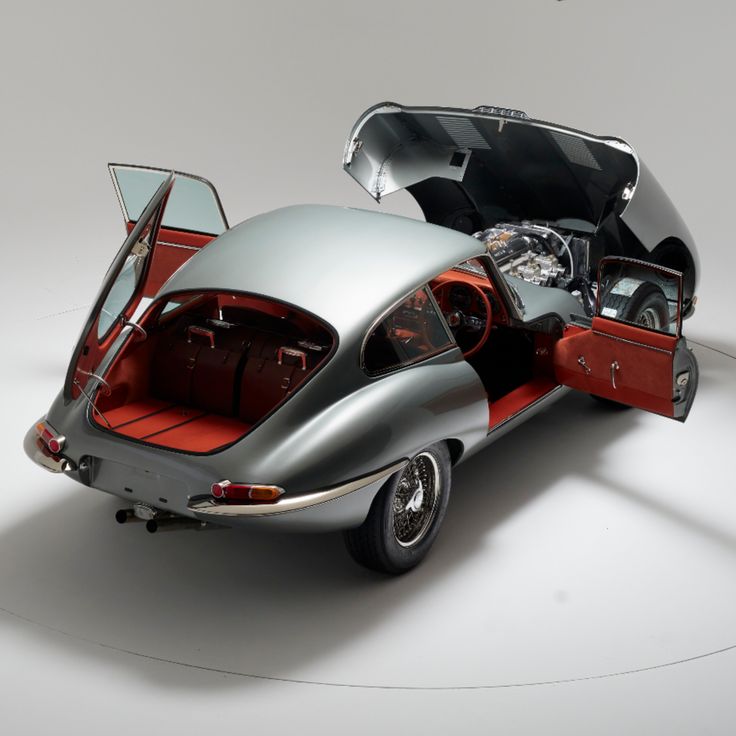
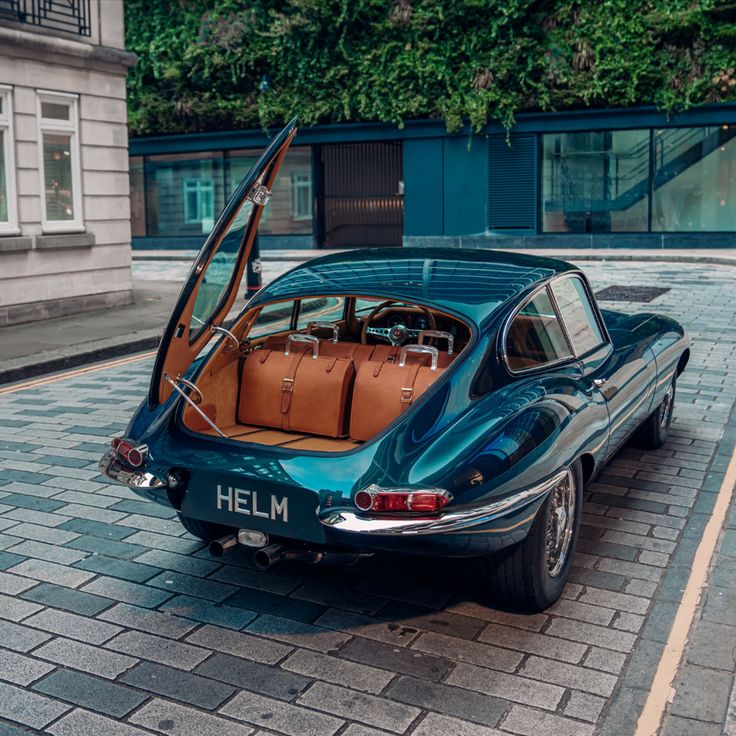
One of the key features was its independent rear suspension. This innovation offered superior handling, setting new standards. Originally priced much lower than its competitors, it provided an attractive option for car enthusiasts. The launch of the E-Type marked a turning point for Jaguar. Its Grace, Space, Pace slogan truly embodied the spirit of the car.
Impact on Sports Cars and Popular Culture
The Jaguar E-Type significantly influenced sports car design. Its combination of performance and aesthetics became a benchmark for future models. The car’s success on the track, including links to the Jaguar D-Type and Le Mans 24 Hours Race, bolstered its reputation.
In popular culture, the E-Type was embraced by celebrities and appeared in films and music videos. It symbolized luxury and excitement during the 1960s. Many collectors today prize the E-Type for its historical relevance and iconic design. It remains a timeless classic that continues to inspire car designers and enthusiasts worldwide.
Period of Changes: Mergers and Challenges
During its history, Jaguar Cars faced significant transformations, especially in the mid-to-late 20th century. This period included major mergers and various management obstacles. These changes had lasting effects on the brand’s trajectory.
Mergers with British Motor Corporation and British Leyland
In the 1960s, Jaguar joined forces with the British Motor Corporation (BMC). This merger aimed to strengthen Jaguar’s position in the automotive industry. Combining resources and technologies was crucial in facing global competition.
Later, Jaguar became part of British Leyland in 1968. This larger automotive group aimed to unite various British car brands. The merger, however, proved to be challenging. It led to bureaucratic complexities and struggles in maintaining individual brand identities.
Despite constant evolution, classic models like the Mark V and the iconic Jaguar XJ highlighted Jaguar’s commitment to luxury and performance. These mergers played a pivotal role in shaping both positive synergies and challenges within the organization.
Struggles in Management and Quality Control
Following these mergers, Jaguar faced significant management hurdles. Integrating different company cultures was no easy task. British Leyland’s approach often clashed with Jaguar’s own practices and vision.
Quality control suffered as a result. Production delays and inconsistencies sometimes affected vehicle reliability. Consumers noticed these issues, impacting Jaguar’s reputation.
The challenges prompted restructurings and labor disputes. This era pushed Jaguar towards privatisation in the 1980s to revitalize its operations. The company needed to focus on restoring quality and customer trust. Significant improvements were eventually achieved, yet only after overcoming numerous internal obstacles.
Modern Developments and Expanded Range
Jaguar has introduced new models and improved existing ones, with a focus on luxury saloons and high performance. Recent advancements have enhanced their technology and expanded their offerings. Now let’s examine these changes.
The Introduction of Jaguar XJ Series
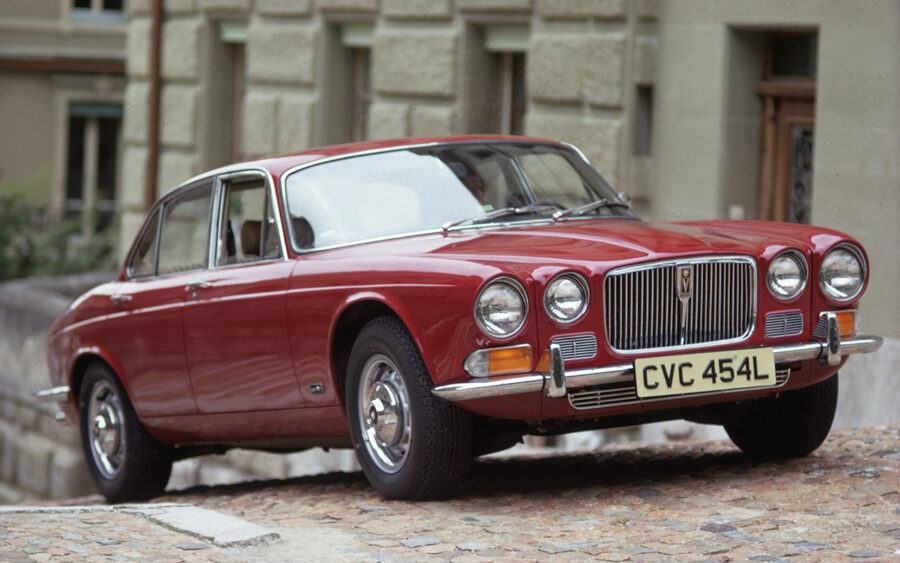
The Jaguar XJ Series marked a significant shift in design and technology. With the introduction of the Jaguar XJ6, they combined luxury with modern engineering. This series has evolved over the years, focusing on elegance and performance.
They used advanced materials to make vehicles lighter and more efficient. The sleek design made it popular among luxury vehicle enthusiasts. Inside, they prioritized comfort, featuring high-quality materials and cutting-edge technology. The series maintained Jaguar’s commitment to blending tradition with innovation.
Sports Luxury Saloons and Expanding Portfolio
Jaguar expanded its range with sports luxury saloons like the XF, S-Type, and X-Type. These cars emphasized a blend of sportiness and luxury. The XF became known for its dynamic driving experience and stylish design.
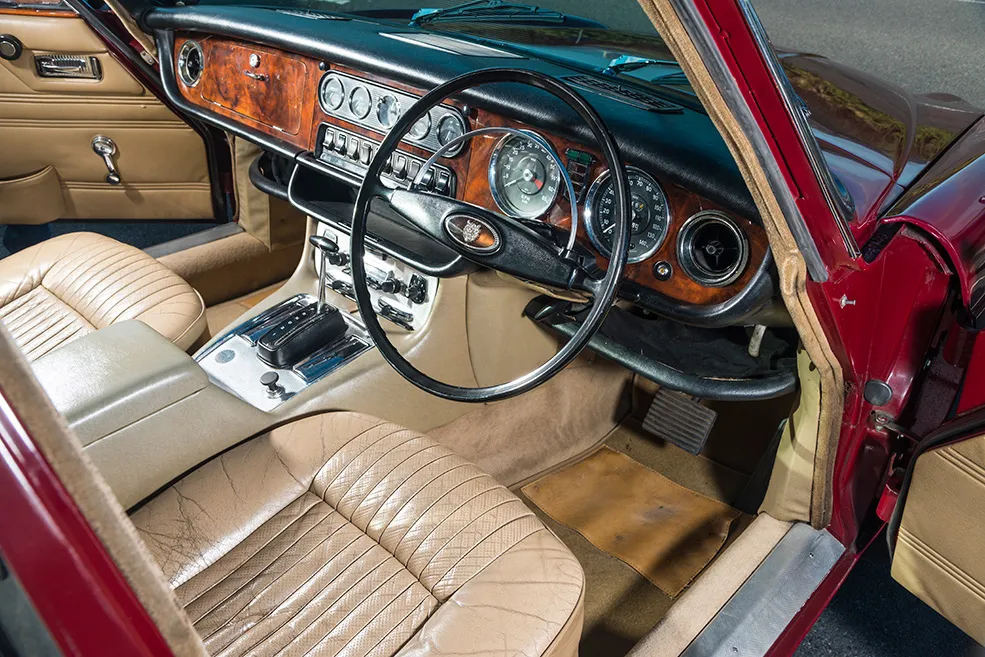
The introduction of the Jaguar XKR also contributed to this phase. Known for its impressive speed and agility, it became a preferred choice for sports car lovers. By expanding their portfolio, Jaguar offered something for everyone, from family-oriented cars to high-performance sports Saloons.
Advances in Technology and Performance
Advancements in technology have played a big role in Jaguar’s recent developments. They introduced sophisticated infotainment systems and driver-assist features. These updates helped keep the driver and passengers both connected and safe.
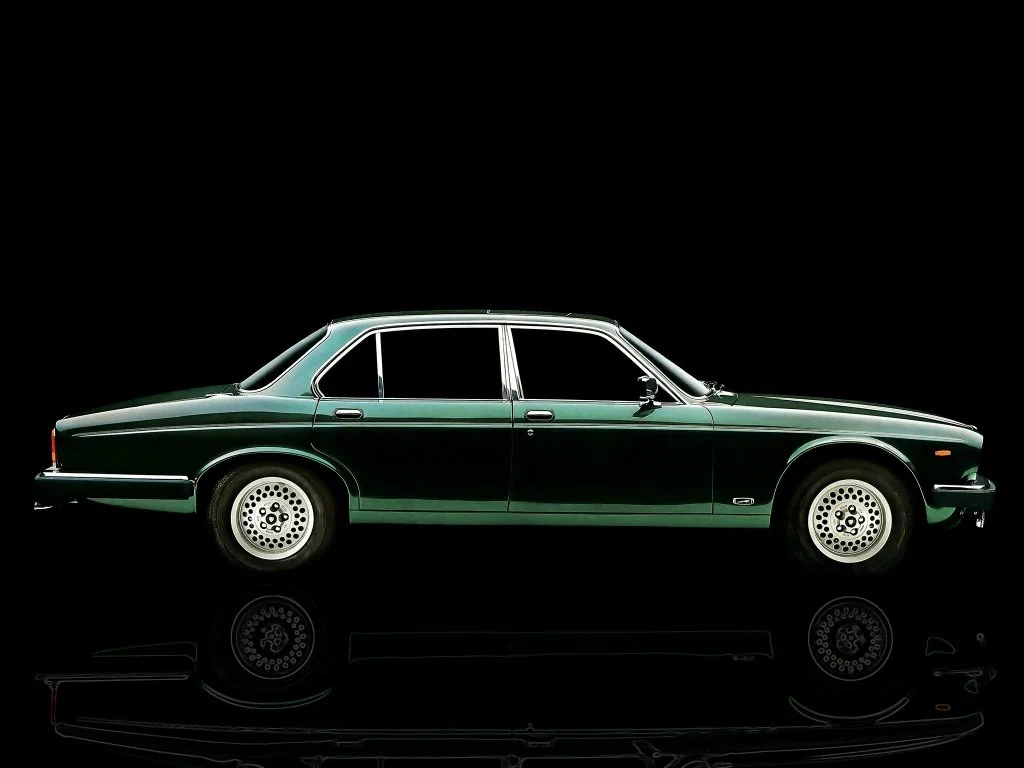
Performance improvements included better engines, leading to increased power and fuel efficiency. The integration of hybrid and electric technology in newer models showed their commitment to sustainability. Jaguar’s focus on balancing tradition with state-of-the-art technology positioned them as a key player in the luxury car market.
Ownership and Direction in the 21st Century
In the 21st century, Jaguar went through significant changes in ownership. These changes shaped the company’s global strategy and market presence. Two key periods of transition occurred with acquisitions by major automotive companies.
Acquisition by Ford Motor Company
In 1990, Ford Motor Company acquired Jaguar Cars Limited, marking a new chapter for the luxury car brand. Ford aimed to strengthen Jaguar’s market position and introduce it to a wider audience. Under Ford’s ownership, significant investments were made to improve manufacturing and expand the product lineup. These efforts aimed to merge Jaguar’s classic appeal with modern technology.
Ford took steps to improve quality and streamline operations. They implemented new production techniques and moved towards greater efficiency in design and manufacturing. This laid the groundwork for improved vehicle performance and reliability.
The acquisition was part of a larger trend of consolidation in the automotive industry. It was a strategic decision for Ford to increase its share in the luxury car segment. This period under Ford’s ownership was critical for setting the stage for future developments at Jaguar.
Transition to Tata Motors and the Creation of Jaguar Land Rover


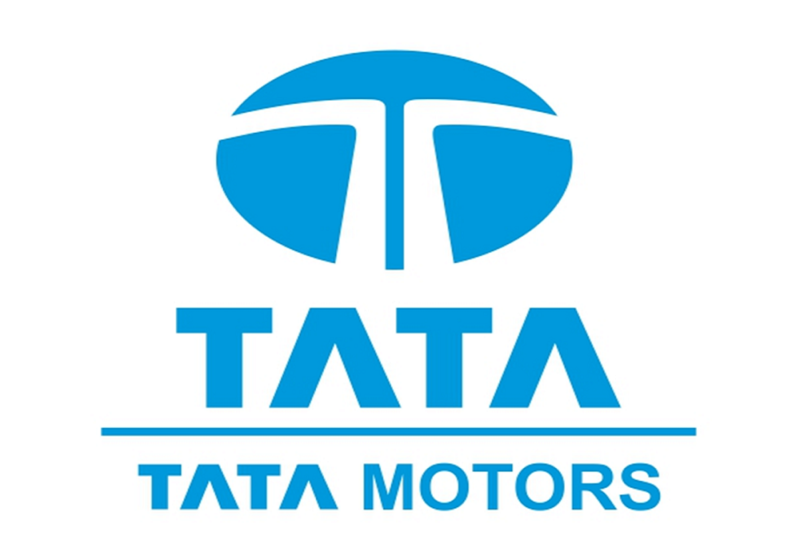
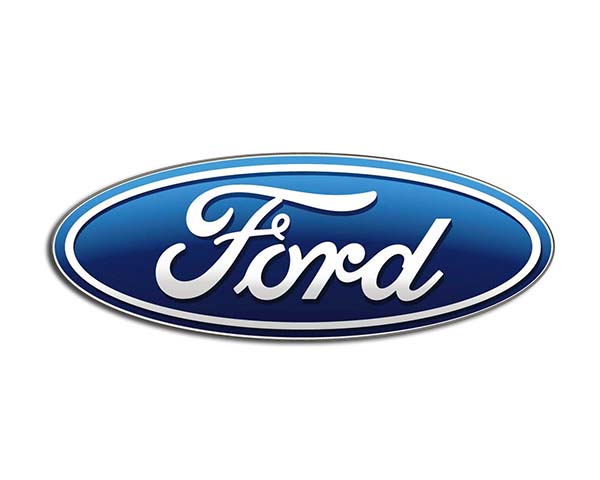
In 2008, Tata Motors purchased Jaguar from Ford. This acquisition also included Land Rover, leading to the creation of Jaguar Land Rover (JLR). Tata’s approach was to respect Jaguar’s identity while infusing much-needed capital and resources.
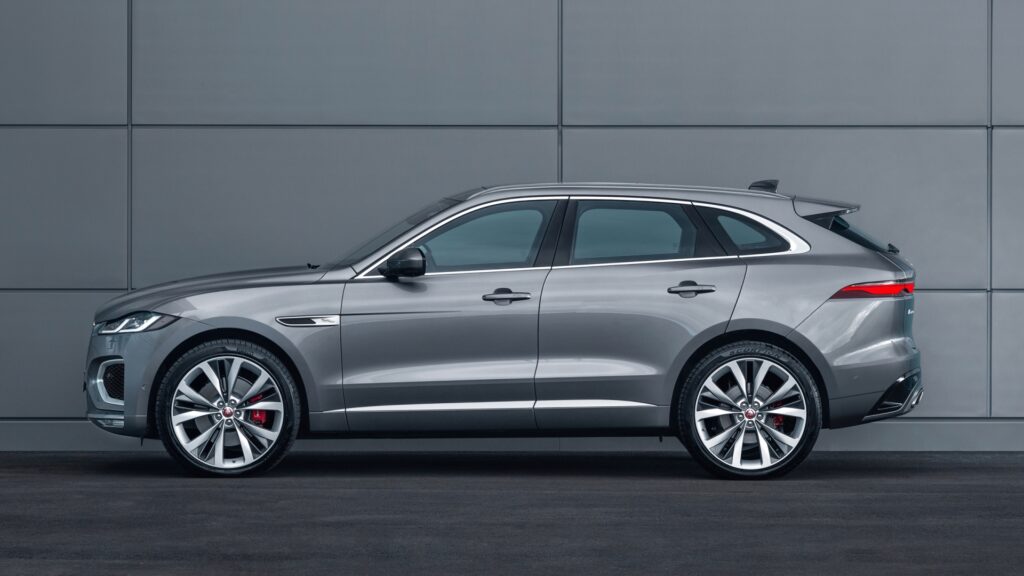
Tata Motors allowed Jaguar greater freedom to innovate and develop new models. The launch of vehicles like the XE and F-PACE helped broaden Jaguar’s portfolio and appeal to new markets.
Under Tata, Jaguar Land Rover focused on expanding globally and enhancing its technological capabilities. JLR invested in new production facilities and research centers, emphasizing electric vehicle development. This transition has been vital in defining Jaguar’s direction in the increasingly competitive auto industry.
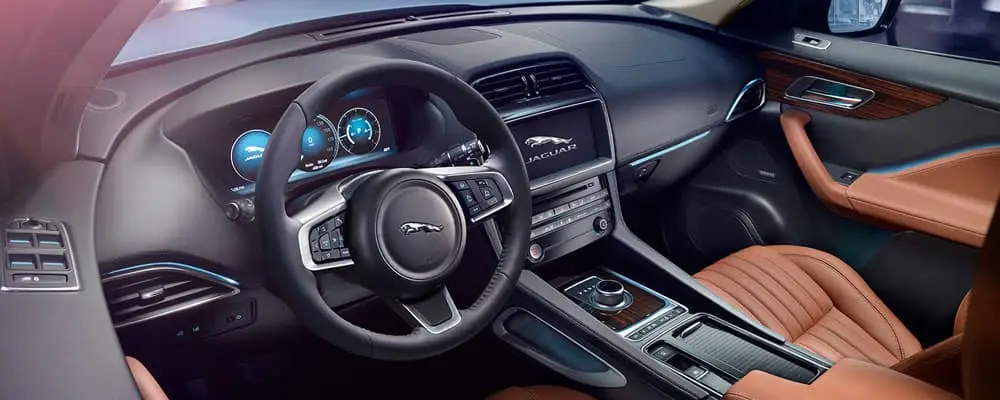
Innovations and Future Trends
Jaguar is at the forefront of automotive innovation with a strong focus on electric vehicles and sustainability. It continues to push the limits by developing models like the I-PACE, which represents its commitment to a cleaner future.
The Electric Frontier with Jaguar I-PACE
The Jaguar I-PACE is a notable step in the electric vehicle landscape. It’s Jaguar’s first all-electric performance SUV, showcasing impressive technology and design. The vehicle offers a range of up to 292 miles on a single charge and accelerates from 0 to 60 mph in just 4.5 seconds, making it both efficient and exciting.
The I-PACE’s design focuses on aerodynamics and style. It features a sleek exterior and a spacious, high-tech interior. The advanced infotainment system keeps drivers connected, while the car’s architecture is built to maximize safety. With these innovations, the I-PACE stands as a testament to Jaguar’s vision of the future.
Commitment to Sustainability and Electrification
Jaguar’s push for sustainability is clear with its plan to go fully electric by the mid-2030s. Every new Jaguar model will be electric, which marks a significant shift from traditional engines. This move aligns with global efforts to reduce carbon emissions and create a greener planet.
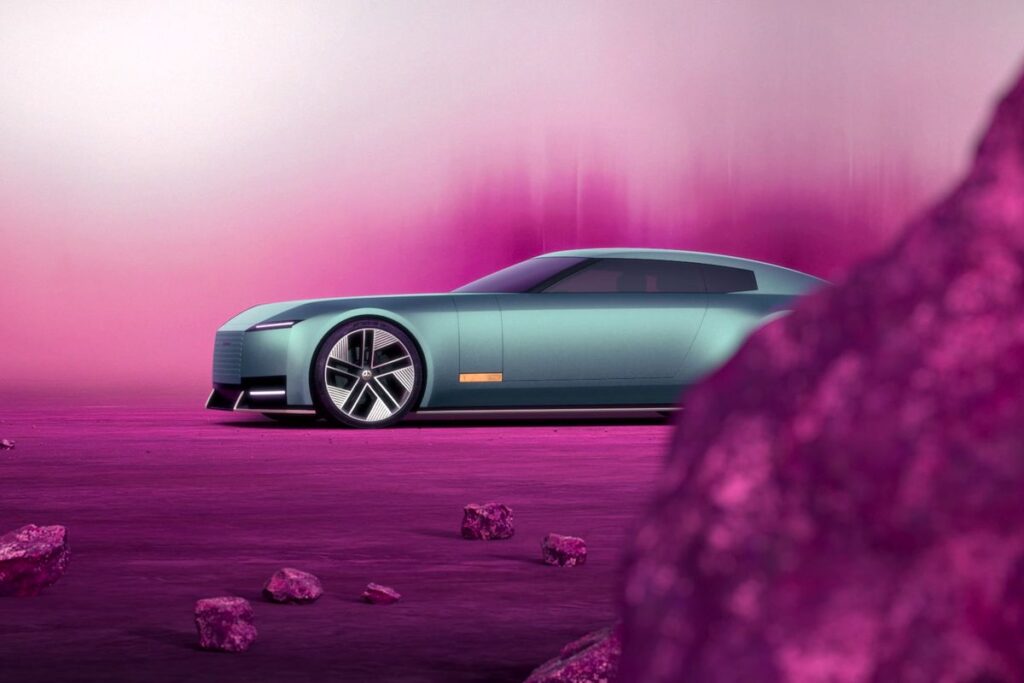
The commitment extends to the manufacturing process, where Jaguar focuses on reducing waste and using sustainable materials. This includes utilizing recycled components in their vehicles. Such practices demonstrate Jaguar’s dedication to responsible production. As the automotive industry evolves, Jaguar’s efforts will play a crucial role in driving change towards electrification and sustainability.
Jaguar in Motorsport and Cultural Significance
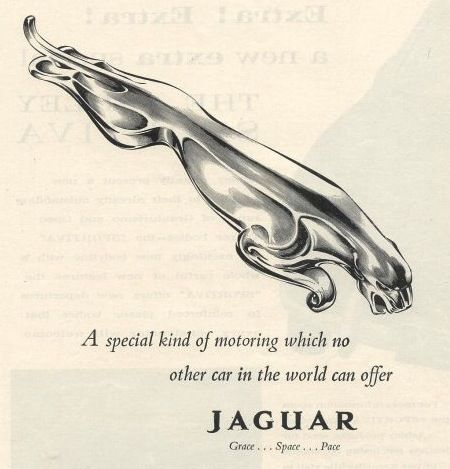
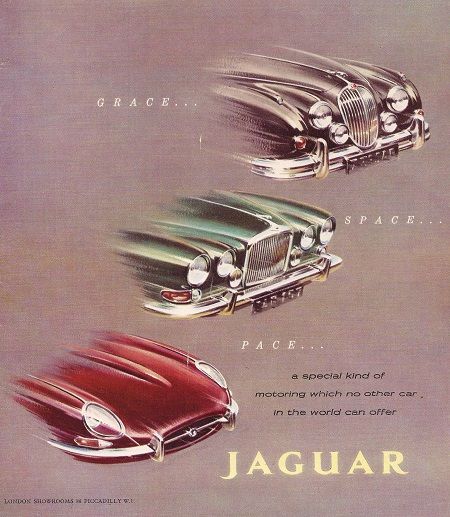
Jaguar has made a lasting mark in motorsport and left a significant cultural impact through media and fashion. Its vehicles have raced to glory, particularly at Le Mans, and have been showcased in movies and other popular culture.
Legacy in Le Mans and Other Races
Jaguar’s history in motorsport is rich, particularly in the 24 Hours of Le Mans. The company secured its place in racing history with its iconic Jaguar Sports Cars. Notable victories include wins in the 1950s, with the C-Type and D-Type models.
These cars were crafted with aerodynamic expertise by Malcolm Sayer. Jaguar’s association with Ecurie Ecosse, a racing team from Scotland, further enhanced its record. Their joint effort saw multiple Le Mans victories.
Jaguar Racing continued the brand’s presence in motorsport, participating in events like Formula E and other global competitions. Today, Jaguar remains a respected name in motorsport, known for speed and innovation.
Jaguar’s Influence on Film, Fashion, and Media
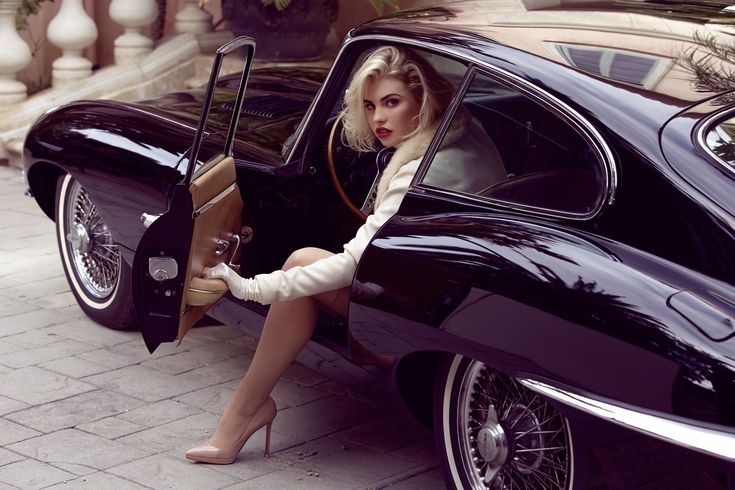
Jaguar’s sleek designs have captured Hollywood’s attention. Models like the E-Type have appeared in films, symbolizing elegance and performance. The brand’s cars have become synonymous with luxury and excitement in films like the James Bond series.
Beyond film, Jaguar influences fashion, with its cars showcased at prestigious events. The brand embodies style both on and off the track, appealing to celebrities and fashion icons. In media, Jaguar represents sophistication and advanced engineering, promoting an image of timeless elegance.
Its ability to merge high performance with cultural appeal continues to make Jaguar an iconic name in design and style.
Admiration and Critique: The Brand’s Impact and Reception
Jaguar’s storied legacy is marked by striking design and technical innovation. It has drawn both admiration and critique. The cars have a distinct look. They mix luxury with performance. Consumers and industry experts share diverse opinions, reflected in awards and recognition.
Assessing Design and Innovation
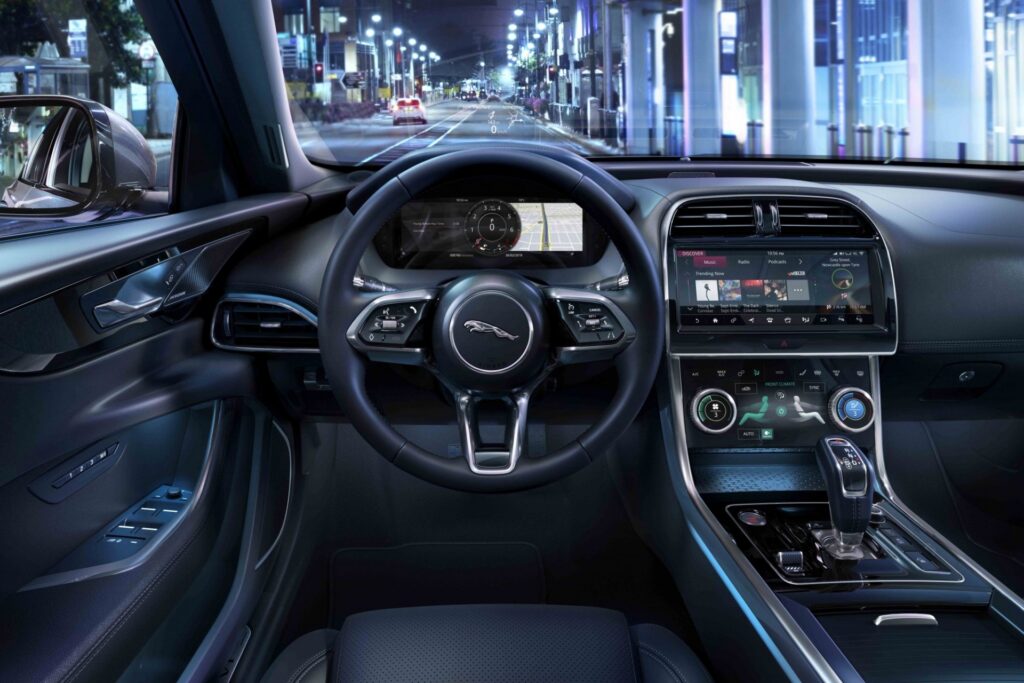
Jaguar cars often turn heads with their sleek design and elegance. The brand is known for its luxurious interiors and stylish exteriors. Over the years, they’ve continued to push boundaries in innovation. The introduction of the aluminum chassis in models like the XE showcased their commitment to reducing weight while increasing strength. Their advancements in hybrid technology demonstrate a nod towards sustainable innovation.
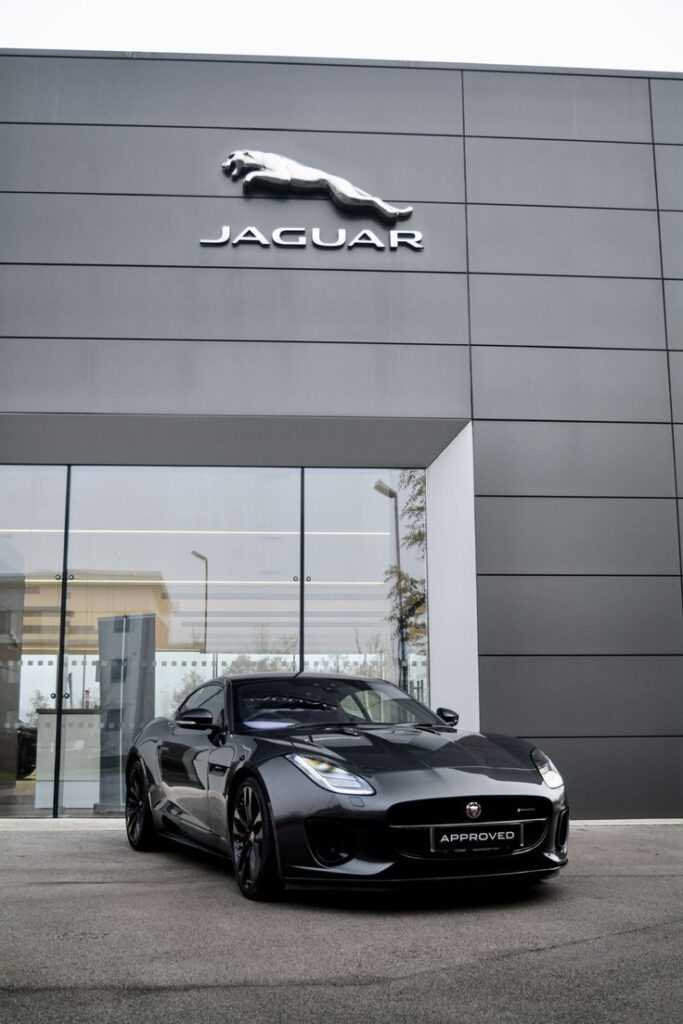
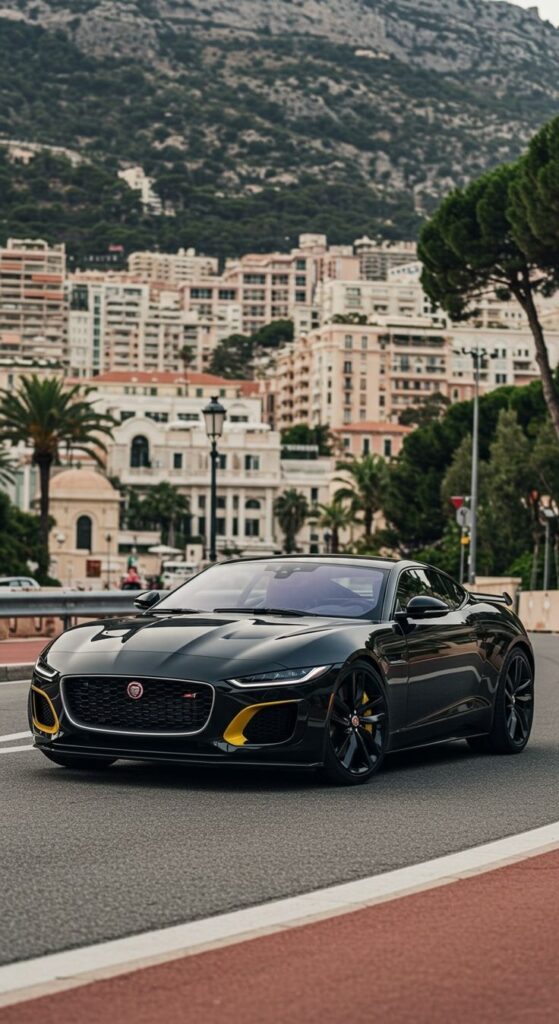
The brand’s commitment to style does not overshadow its emphasis on performance. The Jaguar F-Type, for example, is celebrated for its design excellence and driving dynamics. It captures the essence of what many expect from a sports car. In design and technology, the balance between heritage and modern trends keeps Jaguar relevant and respected in the automotive world.
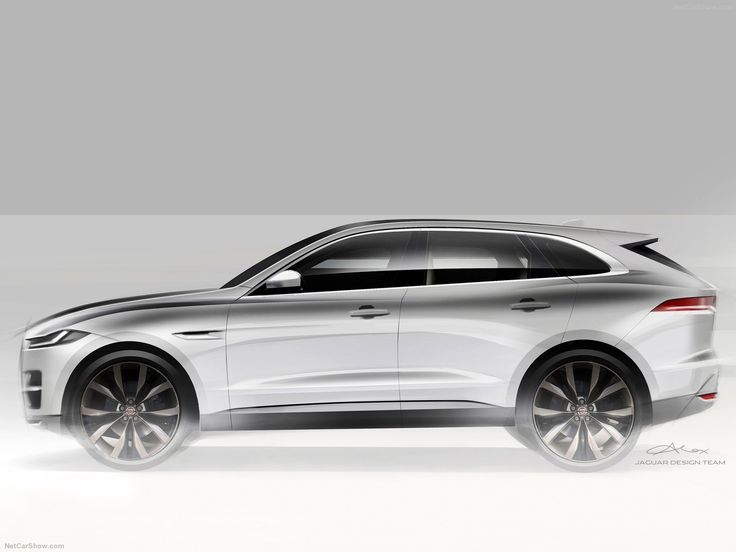
Consumer Perception and Industry Awards
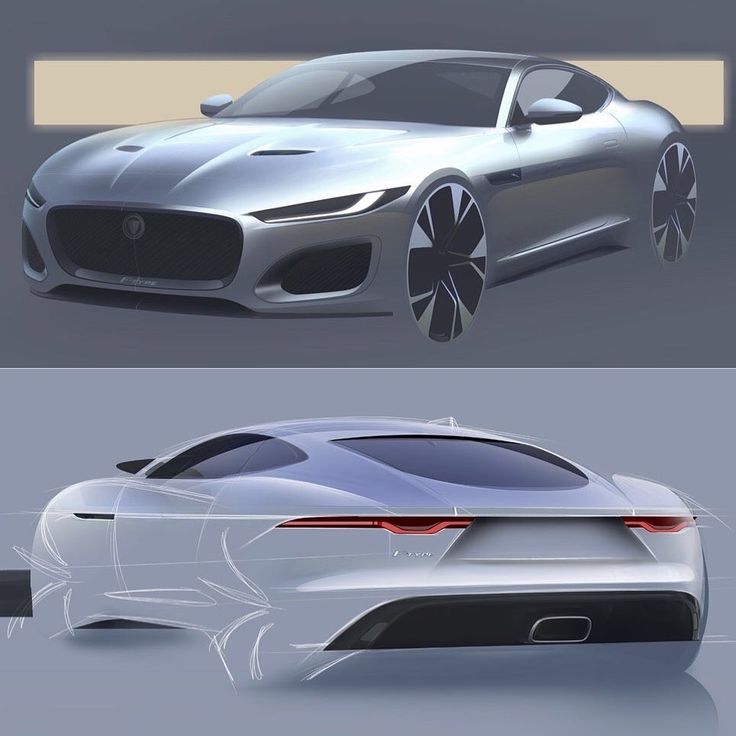
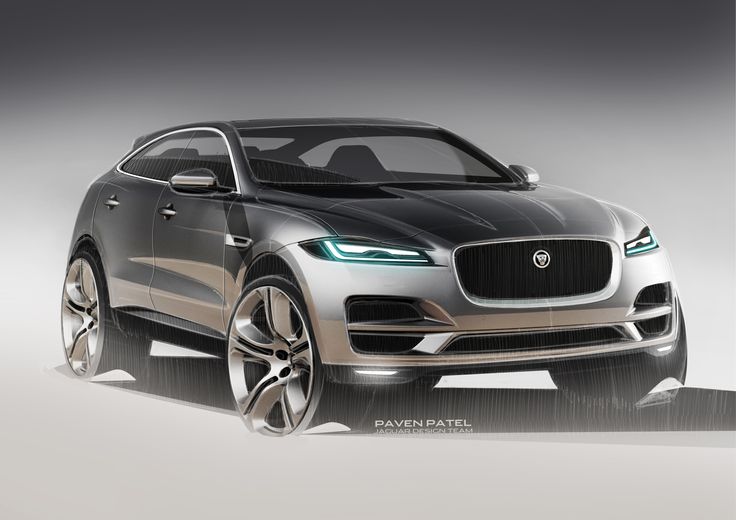
Public reception of Jaguar varies widely. Consumer perception often highlights the brand’s luxury status and performance capabilities. Many owners appreciate the elegant interiors and prestige associated with the Jaguar name. Some consumers, though, voice concerns about reliability and maintenance costs. These mixed reviews shape consumer perception considerably.
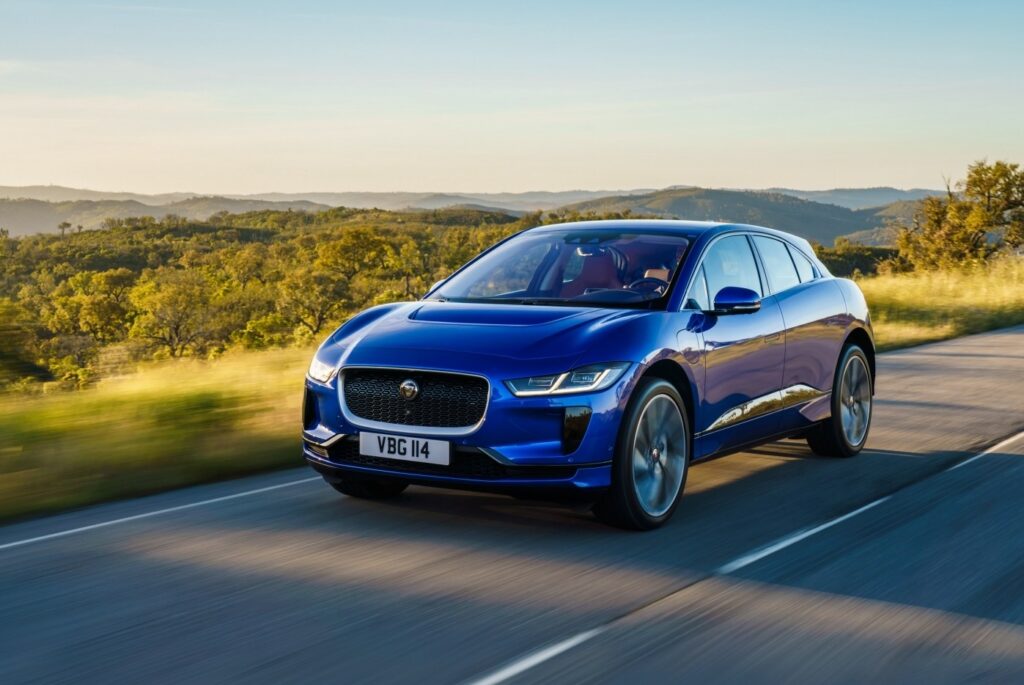
Industry awards play a significant role in expressing the automotive community’s regard for Jaguar. The brand has won accolades for design, performance, and technology. For example, the Jaguar I-PACE won the prestigious 2019 World Car of the Year award. These recognitions reinforce its standing in the competitive luxury car market. While critiques exist, the brand consistently earns high praise from experts and enthusiasts alike.
Jaguar’s Milestones and Anniversary Highlights
Jaguar, with its legacy in the car industry, marked its significance with several achievements. From major anniversaries to iconic models, Jaguar made notable contributions to the world of automobiles.
Commemorating Jaguar’s 80th Anniversary
Jaguar celebrated its 80th anniversary with several events and product launches. This milestone highlighted its history and achievements over the years. Special editions of certain models were released to celebrate the occasion.
The brand organized events and exhibits worldwide. These gatherings displayed vintage models, tracing Jaguar’s journey through the decades. Enthusiasts gathered to admire the evolution of design and technology. The anniversary served as a platform to showcase Jaguar’s heritage and innovations.
Landmark Models and Contributions to the Automotive Field
Jaguar introduced several revolutionary models that left a significant impact on the automotive industry. Models like the Jaguar E-Type are praised for their performance and design. The E-Type, launched in the 1960s, is often called an icon for its style and engineering marvel.
Another landmark model was the Jaguar XJ series. Known for luxury and comfort, the XJ became a staple in high-end sedans. It combined elegance with cutting-edge features.
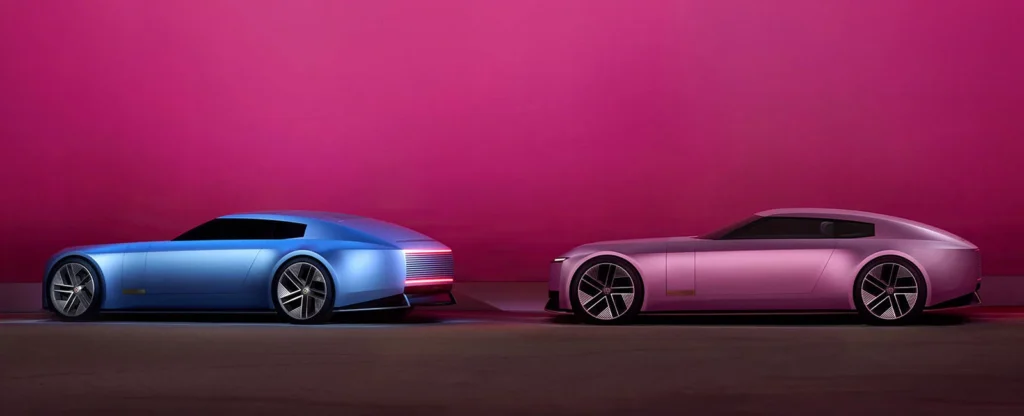
Jaguar’s contributions include advances in aerodynamics and engine performance. Their innovations set new standards in luxury and sporty vehicles. Jaguar continues to influence the industry with its focus on technology and design evolution.
- 369shares
- Facebook0
- Pinterest369
- Twitter0



